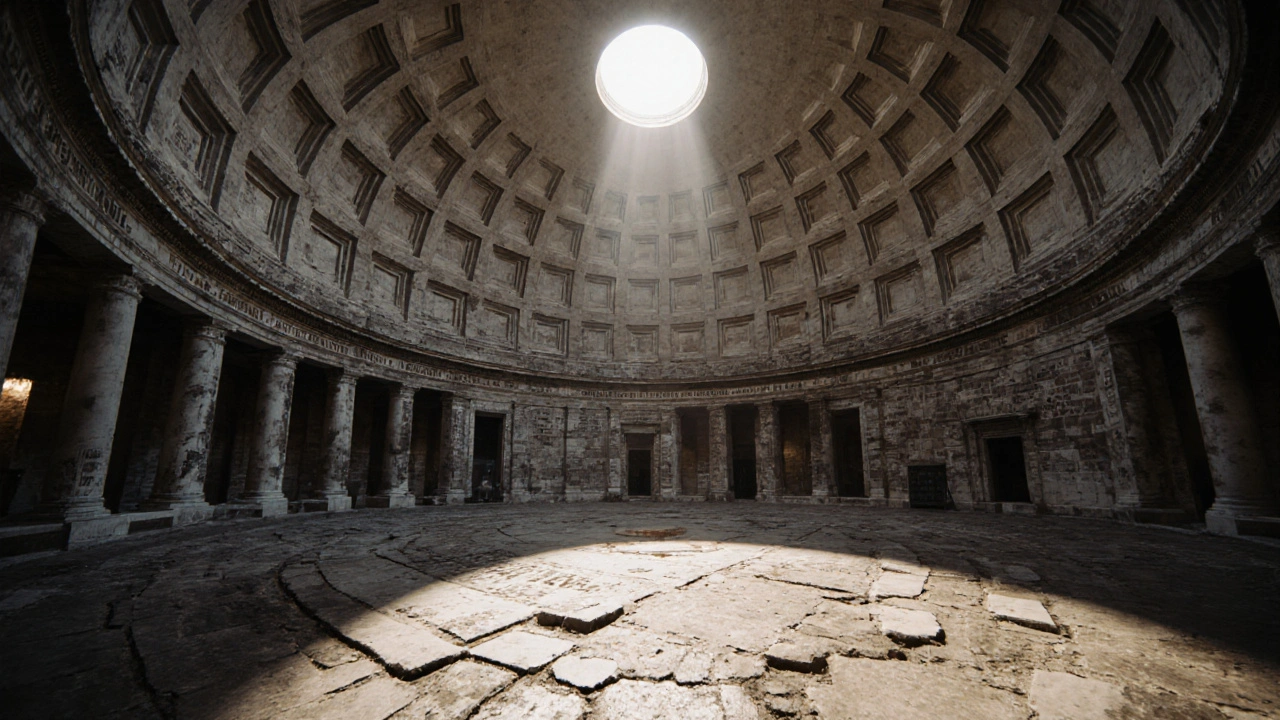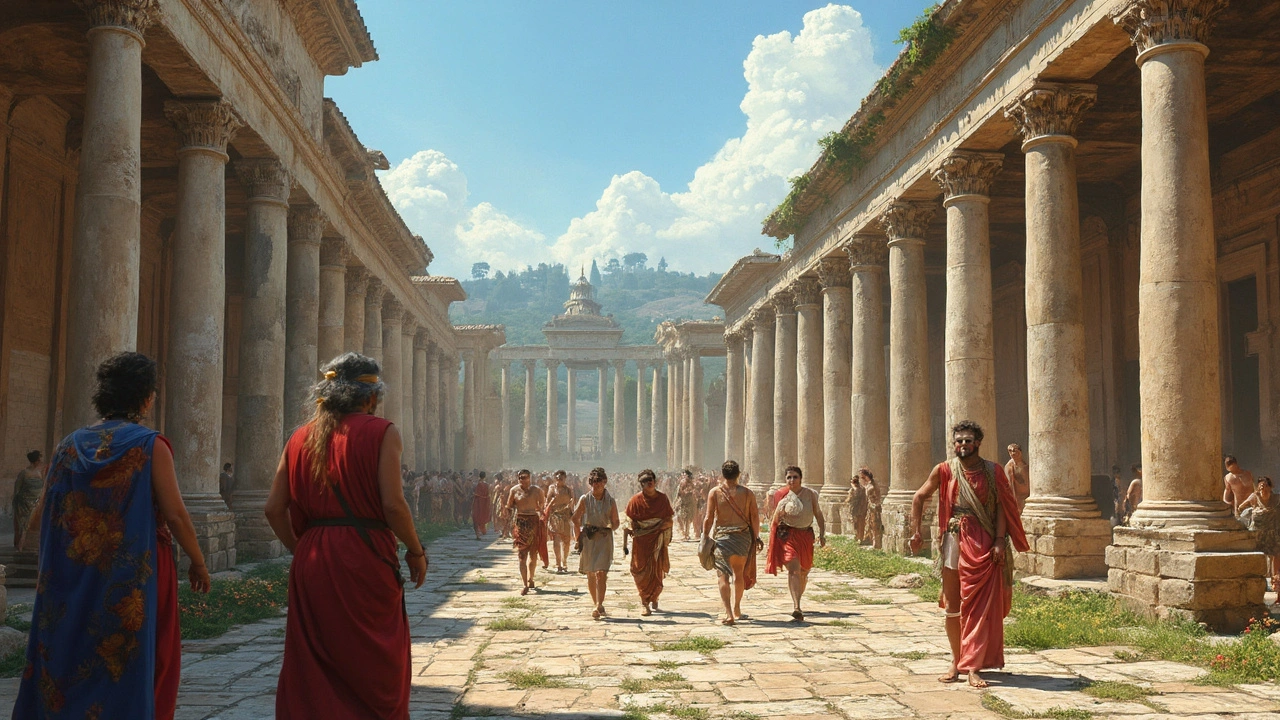Roman Aqueducts: How They Worked and Why They Still Matter
Some Roman aqueducts still carry water after nearly two thousand years. They were not just bridges of stone; they were a reliable city-wide plumbing system that changed how people lived. You can learn practical engineering and urban planning lessons from them today.
At heart, a Roman aqueduct is a channel that moves water by gravity from a source to a city. Builders kept a very slight downhill slope so water flowed without pumps. Where valleys interrupted the path, they built arches or used buried pipes to keep the line steady.
Romans used simple, strong materials: cut stone, bricks, and an early form of concrete. They lined channels with waterproof mortar so water did not leak. Skilled surveyors and steady work produced long, straight stretches and precisely curved tunnels through hills.
Once water reached a city it dropped into distribution tanks. From those tanks the supply split to public fountains, baths, private houses, and workshops. Regular maintenance crews cleaned channels, removed silt, and fixed cracks. That kept water safe and flow steady.
How Roman aqueducts worked
Design relied on three basic ideas: a reliable source, a gentle slope, and careful route control. Engineers measured gradients with simple tools and used tunnels to avoid steep rises. In some spots they used lead or clay pipes to cross low areas or to bring water under pressure into the city.
Roman builders used arches to support the elevated sections. Arches saved material and let builders span wide valleys. The famous Pont du Gard in France is a clear example: a multi-tiered arch bridge that kept the water line high and level without heavy fills.
Aqueduct capacity varied. Big systems like Rome's carried millions of liters per day. Smaller towns had shorter lines that still improved hygiene and growth. Wherever they went, aqueducts enabled public baths, latrines, and city gardens.
Where to see them today & tips
Good sites to visit include the Pont du Gard, the aqueduct at Segovia, and Rome's remains near the Aqua Claudia. When you visit, look for channel linings, inspection holes, settling basins, and repair scars. These details tell you how the system worked and how it was kept running.
Protecting aqueducts is a modern challenge. Urban growth, weather, and neglect damage these structures. Preserved aqueducts teach engineers about durability and simple design. They also make great, low-cost case studies for students and planners.
Local heritage groups and trusts often run volunteer digs and guided tours. Join a walk to see repairs up close and ask experts about techniques. For study, check archaeological reports, museum catalogs, university courses, and free online lectures with maps and photos for reliable insight into how aqueducts were built.
If you want to learn more, read site guides, visit local museums, and follow conservation projects. Seeing an aqueduct in person gives a clear sense of scale and the skill involved. You'll leave with concrete ideas about old solutions that still matter for water systems today.

Ancient Roman Architecture: How Rome Built an Empire with Stone and Concrete
Ancient Roman architecture revolutionized construction with concrete, arches, and aqueducts. Its innovations in engineering and urban design still shape buildings and cities today.
Read more
Ancient Roman Architecture: Masterpieces, Engineering, and Lasting Influence
Take a vivid journey into Ancient Roman architecture—discover secrets behind iconic buildings, see engineering marvels, and learn why Roman style still shapes our world.
Read more